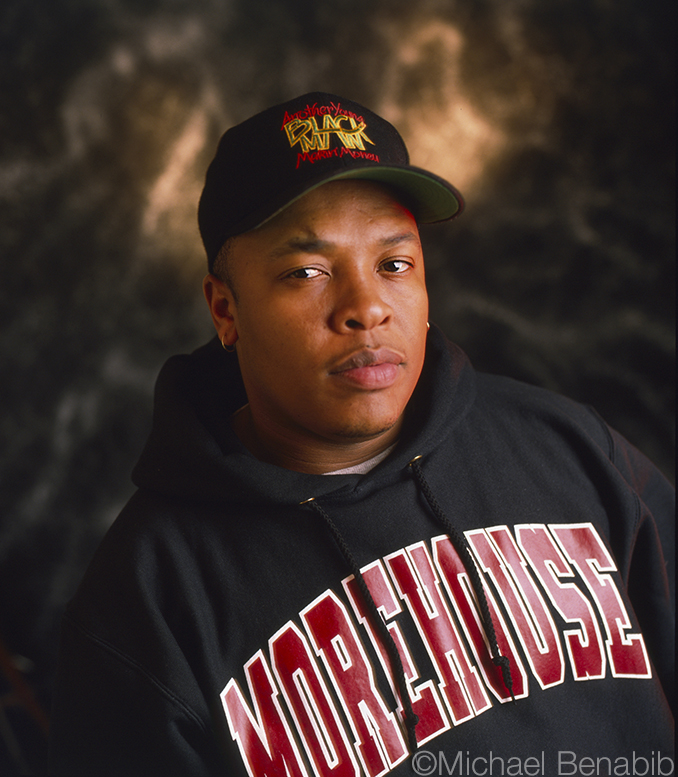

Trendsetter, talent spotter, mic-ripper, and producer extraordinaire - after more than twenty years blessing speakers around the world, Dr. The album proved that Dre's already incredible talents were getting even better, with elaborate, orchestrated production perfectly balancing funkiness and complexity. In 1999 he produced Eminem's hugely successful The Slim Shady LP, followed several months later by Dre's long-awaited sophomore release, 2001.

Chock full of Parliament/Funkadelic basslines, high-pitched synths, and lolo-rockin' beats, track after track of G-Funk gems propelled the album to the top of the charts, made Snoop Dogg a household name, and changed the sound of hip-hop forever. Dre’s solo rap career began like a yarn out of a mob epic: coercion, conspiracy, guns strategically placed near jacuzzis.As a member of N.W.A in the mid-1980s, the producer was a star, but. Dre left the crew after their third record, and in 1992 released The Chronic, an untouchable masterpiece of California Gangsta Rap. His knack for unforgettable beats, funky basslines and cinematic depth proved the perfect accompaniment to their confrontational rhymes. Dangerous though their lyrics were, Dre's production was equally important to the success of the group. He got his start as a DJ in Los Angeles, was a member of the World Class Wreckin Crew, and in the late 1980s formed NWA. Dre has amassed an astonishingly impressive body of work over his lengthy career. Today, we revisit the timeless 1992 debut from Dr. Irrefutably one of the most important artists in the history of hip-hop, if not all popular music, Dr. Each Sunday, Pitchfork takes an in-depth look at a significant album from the past, and any record not in our archives is eligible.


 0 kommentar(er)
0 kommentar(er)
